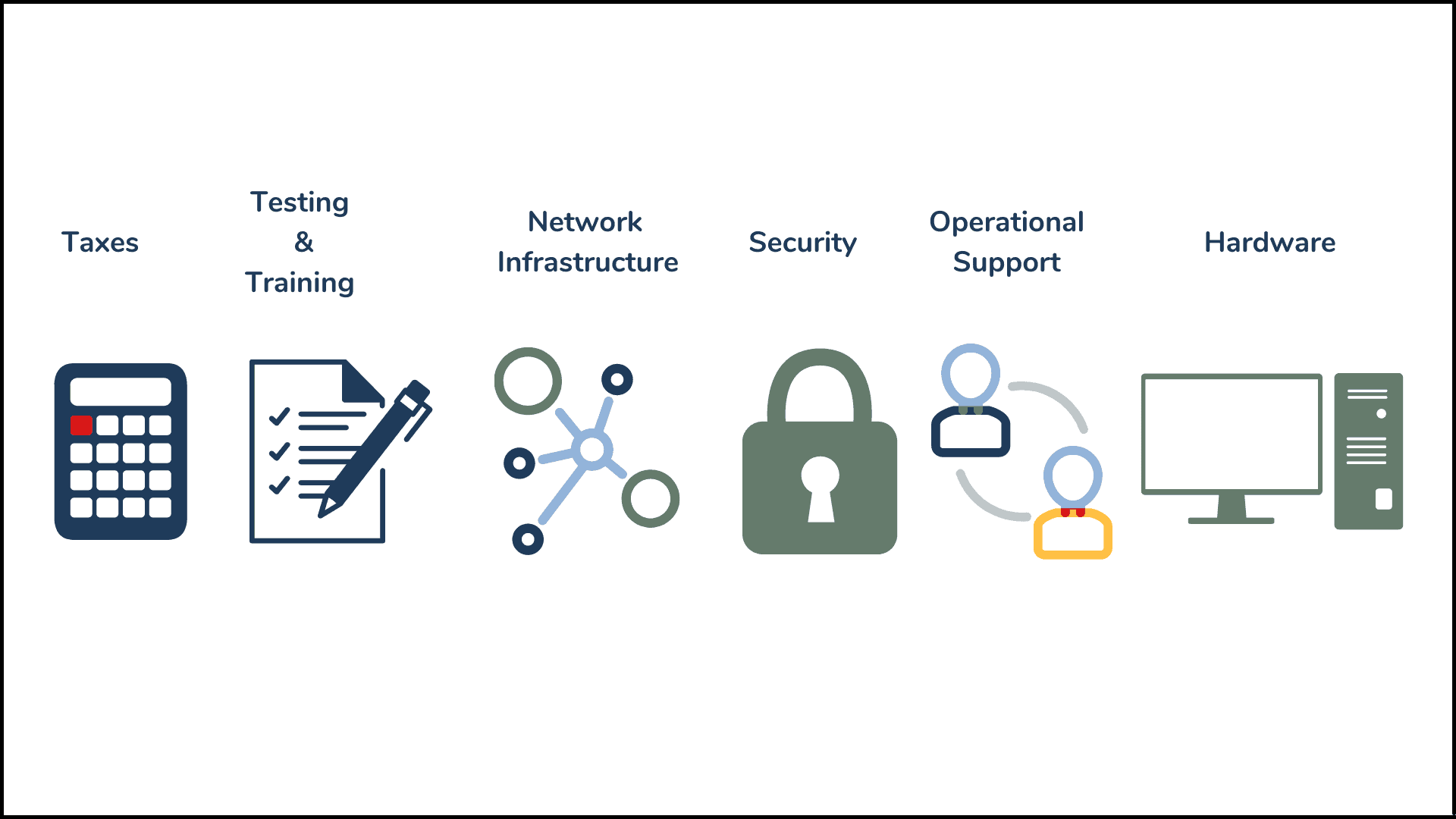Buying Enterprise Tech: An Escape Room Analogy
Purchasing enterprise technology can feel like an escape room. Everyone believes they know the best way to succeed, but confusion reigns, and tensions rise as deadlines loom. Instead of teamwork, you sometimes see individuals going off in different directions, surprised when they don’t reach their goal.
The Purchasing Process: A Corporate Escape Room
When adding new technology, the goal is shared, yet the process can be chaotic. As Gartner notes, “B2B buying is less about progressing through a funnel and more about completing various tasks.” From market research to vendor demos, each task adds to the confusion while the timer ticks away.
Stakeholders often have conflicting priorities: Finance wants to cut costs, Security raises compliance concerns, and Customer Experience leaders push for improvements. Without clear communication, frustrations mount.
Tips to Navigate the Chaos
Here are three strategies to help streamline the process:
- Build Your Timeline Backwards
Start by determining your desired go-live date. Work backwards to outline implementation and training timelines, and identify when decisions need to be made. This creates clarity and structure. - State the Meeting Purpose in Advance
Yes, this is project management 101, but it is critical. Share the meeting’s objectives the day before. This ensures participants come prepared, and if key decision-makers are missing, you can invite them before it’s too late. Keeping the focus helps prevent derailment by unrelated topics. - Align on Business Goals
Before starting, gather stakeholders to agree on the project’s goals—whether it’s cost savings, performance improvements, or enhanced security. Document these objectives to serve as guiding principles throughout the process. Have you made a culture map?
We’ve solved the escape room before. We’ll show you how it’s done.
Buying enterprise tech is a complex project, far beyond a simple online price comparison. Consider enlisting a project manager or advisor who knows the process. We know the tricks, the secret codes, and the hidden keys. You still solve the puzzle, but we help you figure out where to look and how to interpret the clues.
Are you stuck in the buying process? Reach out to learn more about how CXponent helps companies cut through the chaos.


.png)


